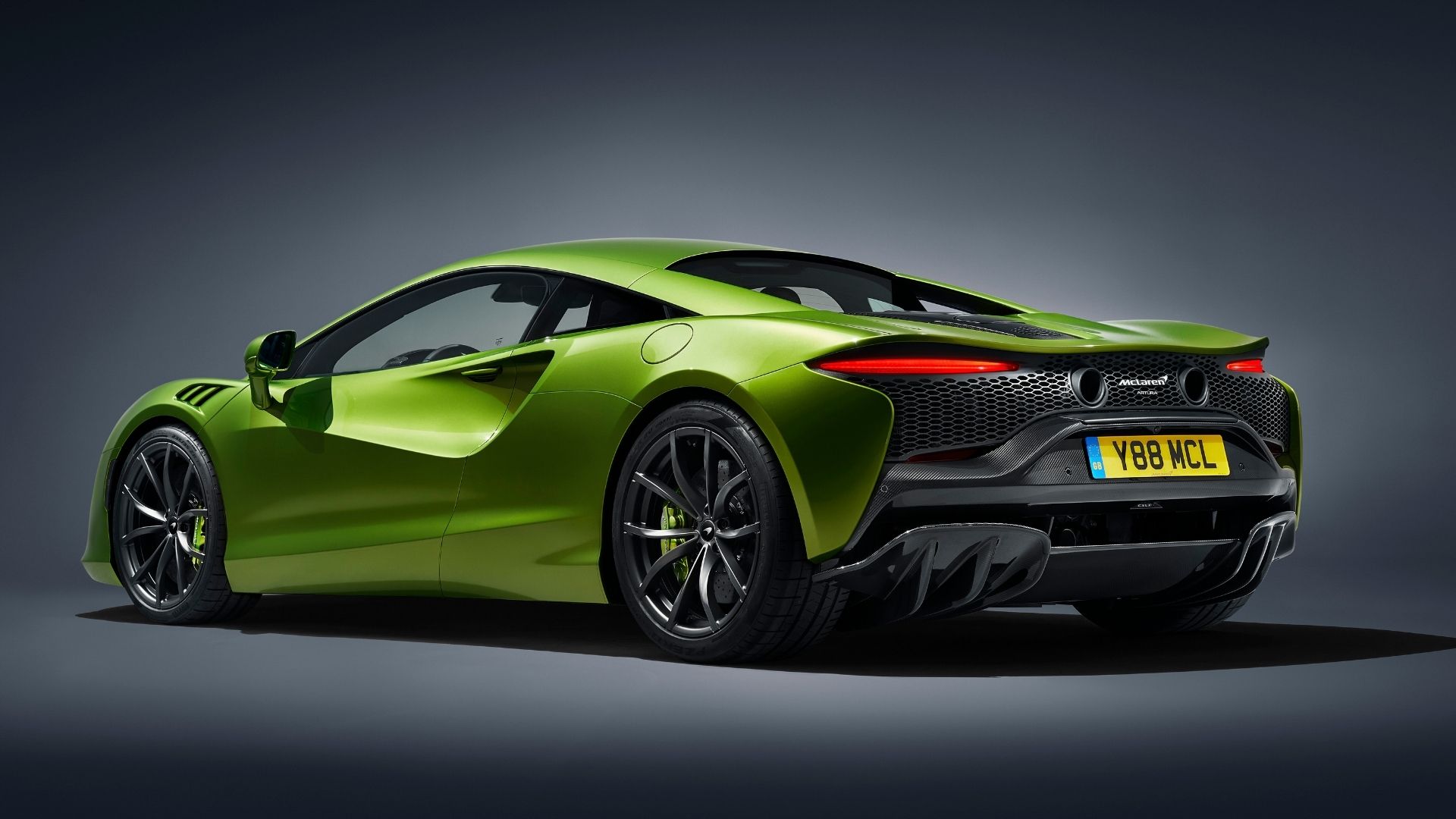

A combination of ongoing operations challenges, supplier delays, and the semiconductor chip shortage have kneecapped another car launch. In this instance, it’s McLaren’s highly-anticipated Artura, the automaker’s first series-production high-performance hybrid supercar.
The first to use McLaren’s new architecture, which is designed and produced at McLaren Composites Technology Center in the UK, the Artura was originally slated to be on the road by the end of 2021. This delay is not the first for the new supercar, but McLaren hopes it will be the last.

“We held on longer than everybody else in terms of stopping production, but unfortunately, our semiconductor supply dried up,” McLaren spokesperson Roger Ormisher confirmed to Automotive News.
Fans of the British supercars are eagerly waiting to see how the Artura performs in real time. We know it’s going to be powered by a new twin-turbocharged 3.0-liter V6 engine producing 671 horsepower and 531 pound-feet of torque in combination with its e-motor and battery pack. McLaren says the Artura’s 7.4kWh battery will support an estimated 19 miles of electric-only range with a top speed of 81 miles per hour. Its e-motor is the first axial flux type in a series-production road vehicle, which is interesting because most e-motors in the automotive world use radial flux technology, which positions magnets around a rotor. An axial flux motor uses a stator sandwiched between two rotor hubs, which makes it smaller and lighter than its radial flux motor cousin.
Of course, the new McLaren will have a carbon tub; it will be available in 15 paint colors including this va-va-voom green hue. The Artura will also include portrait-mounted touchscreen, which McLaren says brings vehicle occupants closer to the center, enhancing agility.

As we know already, the chip debacle has caused all kinds of problems for the automotive industry. Automakers have faced tough choices like pausing production or selling cars without amenities like heated seats. In August, The Drive reported a conversation with Ford CEO Jim Farley during which he said we’re past the worst point of this supply chain crisis and that “the chip situation is getting better.”
Meanwhile, Ford announced in November a new strategic partnership with chip manufacturer GlobalFoundries to create its own chips. And in Kokomo, Indiana, fleets of mostly assembled, chipless GM pickups are still in storage.
As for the Artura, we’ll have to wait a little longer, and I hope to get my hands on one later this year for a spin.
Got a tip? Send a note to kristin.shaw@thedrive.com or comment below.